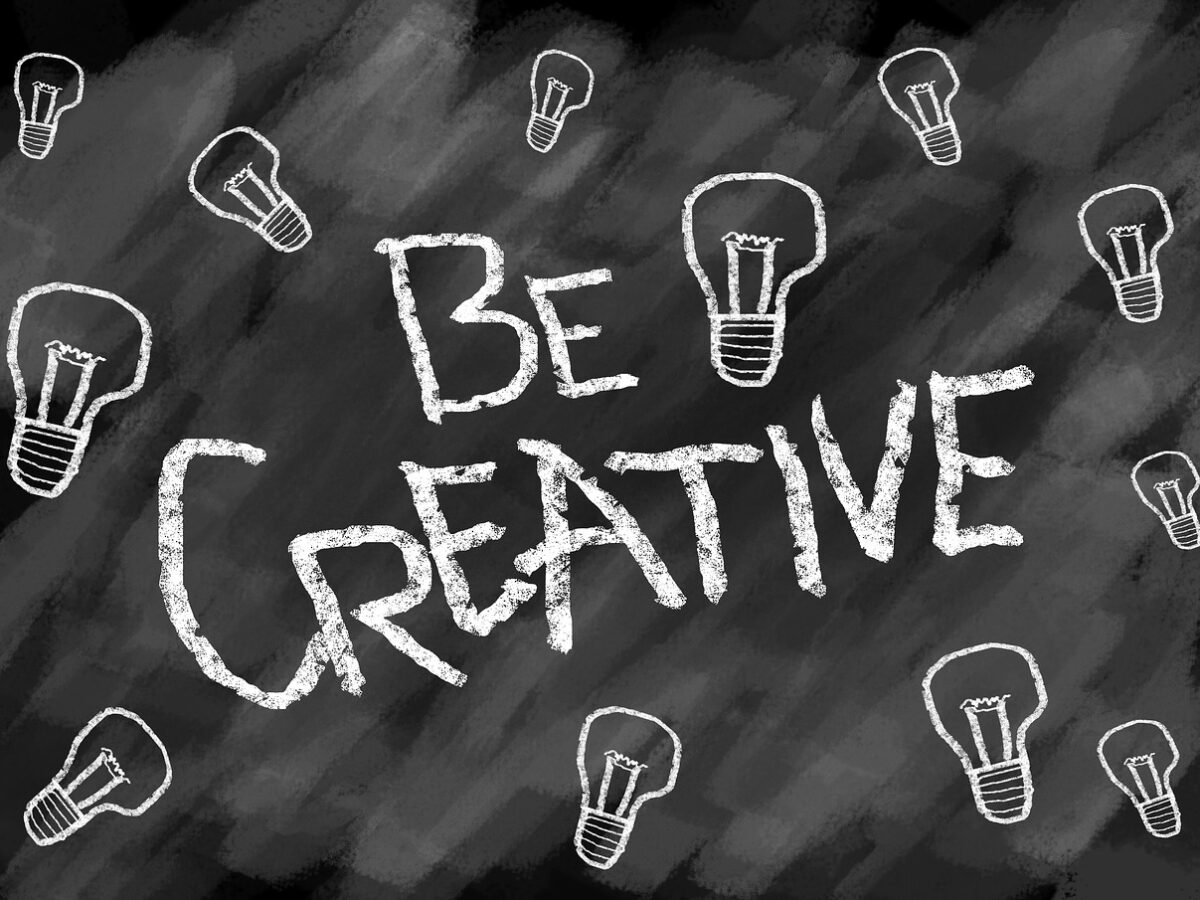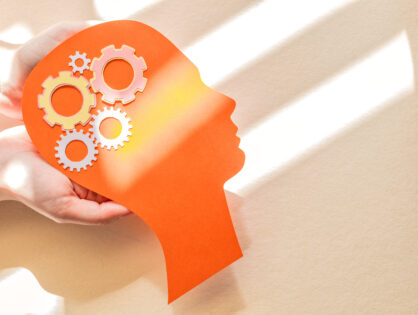Introduction:
Creativity has long been celebrated as a powerful tool for human expression and self-discovery. The act of engaging in creative activities, such as art, writing, music, or dance, goes beyond mere skill-building; it touches the depths of our emotions and psyche. This article delves into the profound impact of creativity on emotional well-being, exploring how creative pursuits serve as a conduit for emotional processing, joy, and fulfillment. We will also uncover the multifaceted ways creativity enhances emotional health and enriches our lives.
Emotional Release and Processing:
One of the most significant benefits of engaging in creative activities is the opportunity for emotional release and processing. Creative outlets provide a safe space for individuals to express their deepest emotions and experiences, regardless of their ability or expertise. Through writing, painting, or dance, individuals can channel their feelings of joy, sorrow, anger, or confusion into tangible and expressive forms. This cathartic process allows for emotional healing, as it helps individuals gain a deeper understanding of their inner selves, navigate challenging emotions, and find a renewed sense of clarity.
Mindfulness and Resilience:
The creative process demands presence and mindfulness. As individuals immerse themselves in their chosen creative pursuits, they enter a state of flow—a mental state where they are fully absorbed and engaged in the present moment. This meditative quality fosters mindfulness, reducing stress and anxiety levels. Moreover, navigating the challenges and uncertainties of creativity nurtures resilience and problem-solving skills. The ability to overcome creative obstacles extends to other aspects of life, equipping individuals with a more positive outlook and a greater capacity to cope with life's challenges.
Authentic Self-Expression and Connection:
Creative activities serve as a powerful tool for authentic self-expression, allowing individuals to communicate their thoughts, emotions, and experiences in a way that feels genuine and true to themselves. This sense of authenticity contributes to a stronger sense of identity and self-esteem, fostering a deeper connection with one's true self. Additionally, art and creativity have a unique ability to connect people on an emotional level. Engaging in creative activities can lead to a deeper understanding of others' experiences and perspectives, promoting empathy, compassion, and a sense of community.
Discovering Joy and Fulfillment:
The act of creating something from scratch, regardless of the artistic medium, can be profoundly gratifying. The sense of accomplishment and fulfillment derived from completing a creative project fuels a positive feedback loop, inspiring individuals to seek further creative endeavors. This pursuit of joy and fulfillment through creativity encourages individuals to explore their passions and talents, contributing to a deeper sense of purpose and meaning in life.
CONCLUSION
BE CREATIVE, LIVE CREATIVE!
Creativity is a powerful tool for human expansion and self-discovery as it touches the depths of our emotions and psyche. The creative pursuits result in improving emotional well-being, joy and fulfillment. Let’s take a look at some ways how creativity enhances emotional health:
Emotional Release and Processing: individuals channelize their various feelings into expressive forms through writing, painting or dance which also allow them to heal emotionally and gain a deep understanding of their inner self.
Mindfulness and Resilience: The immersion of individuals in their chosen creative pursuits fosters mindfulness, reducing stress and anxiety levels.
Authentic Self-Expression and Connection: Creativity allows individuals to express themselves in an authentic way which also contributes to fostering a deeper connection with one's true self.
Discovering Joy and Fulfillment: Creativity encourages individuals to explore their passions and talents, contributing to a deeper sense of purpose and meaning in life.
Related Articles:
Substance Abuse & Youth Mental Health: An Intersecting Overview
LGBTQ+ Youth – Psychological Challenges & Support Pathways
Family Conflicts – Impact on Youth’s Emotional Well-being
Sleep Patterns – Their Role in Youth’s Mental Health & Cognition
Teen Peer Pressure – Psychological Impact & The Fitting-In Factor



